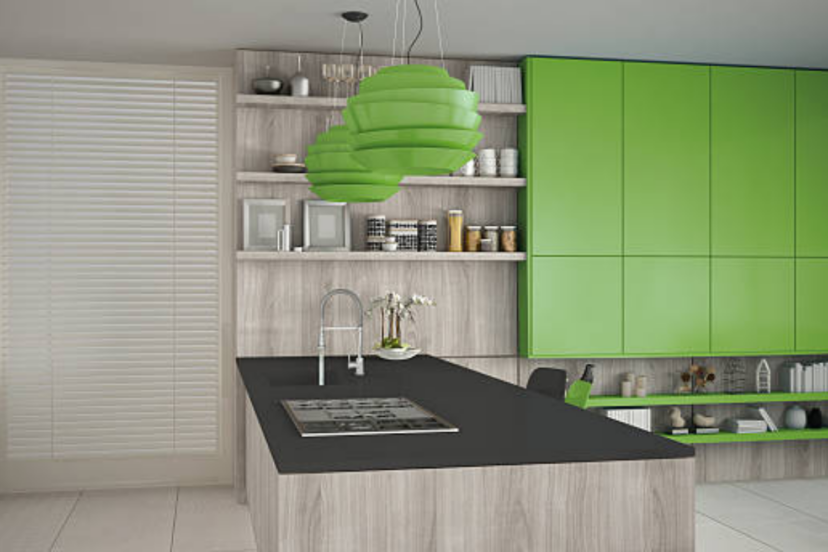Navigating the Intriguing Terrain of Color Psychology in Kitchen Design
As an enthusiast advisor, I find myself constantly drawn to the captivating world of kitchen design. Within this realm, one of the most fascinating aspects is undoubtedly the interplay of colors and their profound impact on our emotions and moods. However, it’s crucial to recognize that while color psychology can elevate a kitchen’s ambiance, there are inherent risks that need careful consideration.
Unearthing the Depths of Color Psychology
- The palette we choose for our kitchen transcends mere aesthetics; it resonates with our subconscious, influencing our behavior, appetite, and overall well-being. Understanding the nuances of color psychology empowers us to craft spaces that harmonize with our lifestyle.
The Subtle Dance of Warm Hues
- Warm colors like reds, oranges, and yellows infuse energy and vibrancy into a kitchen. They stimulate conversation and appetites, creating a lively atmosphere. However, it’s imperative to wield these hues with restraint. An overdose can lead to restlessness and a sense of overwhelm, detracting from the kitchen’s functionality.
Embracing the Serenity of Cool Tones
- Blues, greens, and purples evoke calmness and serenity. These colors are particularly adept at creating a tranquil oasis, fostering a peaceful cooking environment. Yet, an excess of cool tones might inadvertently induce feelings of coldness or detachment, which can be counterproductive to the warm, inviting atmosphere most desire in their kitchen.
The Versatility of Neutrals
- Neutrals, like whites, grays, and earthy tones, serve as the canvas upon which other colors dance. They exude a sense of cleanliness, simplicity, and timelessness. However, an all-neutral palette might risk creating a sterile environment if not balanced with pops of color or texture.
Pitfalls of Overindulgence: The Risks of Imbalance
- While color psychology is a potent tool, it’s not without its pitfalls. Overindulging in any particular hue can lead to unintended consequences.
The Agony of Overstimulation
- Excessive use of warm, intense colors can lead to sensory overload. Reds, for instance, if not used judiciously, can become overbearing and agitating. It’s essential to strike a delicate balance to avoid overwhelming the senses.
The Chill of Emotional Detachment
- On the flip side, an overdose of cool tones can inadvertently create an emotionally distant space. A kitchen that’s too saturated with blues or grays might lack the warmth and intimacy necessary for meaningful interaction.
The Risk of Monotony
- While neutrals provide a versatile backdrop, an overabundance can result in monotony. A kitchen devoid of pops of color or intriguing textures may feel uninspiring and lackluster.
The Art of Harmonious Balance
- Navigating the labyrinth of color psychology in kitchen design demands a judicious hand and an acute awareness of balance. It’s imperative to harmonize hues in a way that aligns with the inhabitants’ preferences, lifestyles, and the intended purpose of the space.
Layering for Depth and Dimension
- Layering colors and textures creates depth, adding layers of interest to the kitchen. Combining warm and cool tones alongside neutrals imparts a multidimensional quality that invigorates the senses without overwhelming them.
Personalization Through Accents
- Incorporating accent colors or statement pieces allows for personalization while mitigating the risks of overindulgence. These accents punctuate the design, infusing character and vitality into the space.
Conclusion: The Delicate Dance of Color
As an enthusiast advisor, I am ever-entranced by the transformative power of color psychology in kitchen design. Yet, I remain vigilant, acknowledging the potential risks of imbalance and overindulgence. With a discerning eye and a thoughtful approach, we can navigate this intriguing terrain, crafting kitchens that not only dazzle the eye but nurture the soul. Remember, it’s the delicate dance of colors that ultimately brings a kitchen to life, imbuing it with warmth, vitality, and a touch of personal magic.

